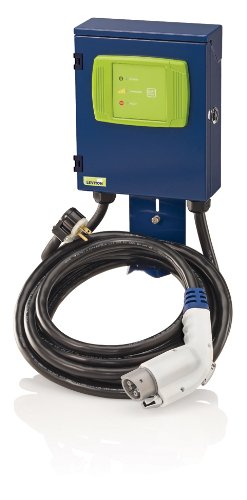PHEW! That's a long list of heavy hitters in the industry. I took a gamble and did NOT attend,. Instead I watched the webcast from home while eating leftovers. While I've attended several of Clean Energy's other events and thoroughly enjoyed them, I had a nagging suspicion I wouldn't gain too much from the event itself (though I imagine the networking would have been great.)
Turns out, I was right. The content of the panel was still very much EV's 101. I think that information about things like comparable fuel pricing for EVs versus ICE and payback periods for EVs is very important. The more the general public learns about these things, the higher adoption rates will be. However, I think I'm ready for an advanced discussion, and that just wasn't what took place.The audience's questions weren't much better, with quibbling about the location of the EV charging stations being the highlight. Might I suggest LMGTFY.com?
I think the most educational and thought provoking part for me was having access to a full-sized keyboard and screen with which to do research and a follow the twitter feed. One tweet from @JaclynPatrice and a few subsequent PMs actually helped me learn bit more about the batteries in EVs. In short, she stated that the batteries would end up in landfills when they were depleted. Eager to unconditionally support EVs, I tried to explain how they could be repaired, reused, or recycled... but I realized I didn't know if they could be recycled. So I did a little research and found this blog post which made me think Lithium Ion batteries destined for our landfills. Until I read the comments. Two glorious smackdowns.
Some other comments during the panel and some more googling helped me learn about AAA's roadside assistance for EVs based on Green Charge Networks EVRoadside.
So, while I support the Clean Energy Connection events, and the general education of the public about EVs, I hope to one day attend an event where we discuss things like "What Roll-out Strategies Work Best for the Big Apple?"
Ahh, that would be nice...
Update: Here's a the video:






























